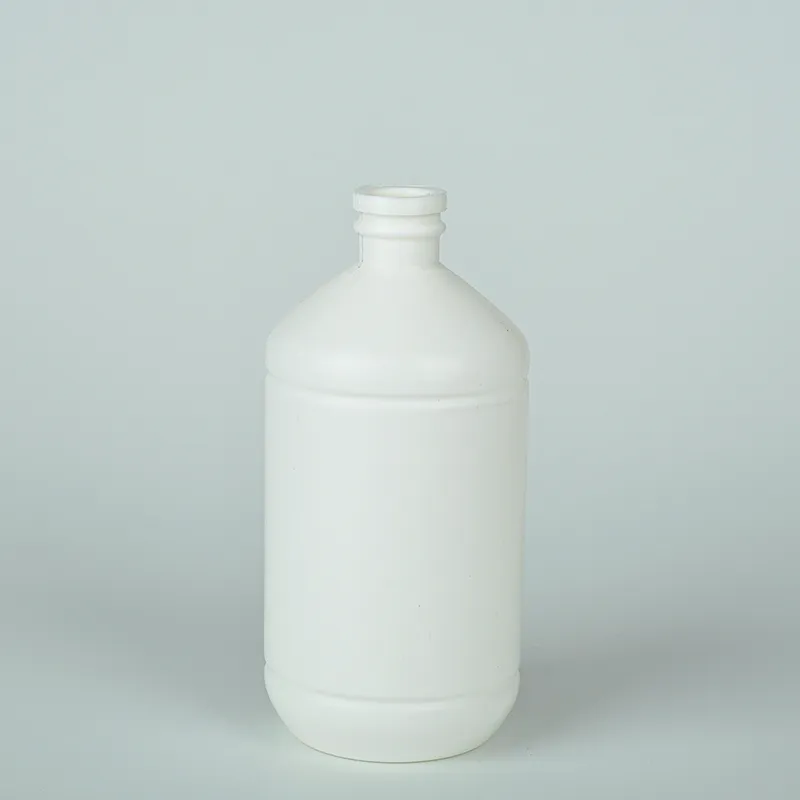centrifuge for 15 ml tubes
Centrifuge for 15 mL Tubes An Essential Laboratory Tool
In the realm of laboratory research and clinical diagnostics, the centrifuge stands out as a vital instrument. Particularly, centrifuges designed for 15 mL tubes play a crucial role in various scientific disciplines, including biochemistry, molecular biology, and cell biology. Understanding the functionality, applications, and benefits of these centrifuges can enhance laboratory efficiency and accuracy.
The Functionality of a Centrifuge
At its core, a centrifuge operates on the principle of centrifugal force. By spinning samples at high speeds, it facilitates the separation of components based on their density. When a mixture is subjected to this force, denser materials migrate outward while lighter materials remain closer to the center. This action is essential for applications such as sedimenting cells, separating plasma from blood, isolating DNA from cell lysates, and purifying proteins.
Centrifuges for 15 mL tubes are designed specifically to accommodate this size of sample container. They typically feature rotor configurations that hold multiple 15 mL tubes, allowing for simultaneous processing of multiple samples. Researchers can select between fixed-angle rotors, which are excellent for pelleting cells, and swinging-bucket rotors, which are better suited for sedimentation and separation of different liquid layers.
Key Features of Centrifuges for 15 mL Tubes
When choosing a centrifuge for 15 mL tubes, there are several important features to consider
1. Speed and RCF (Relative Centrifugal Force) The maximum speed of a centrifuge is critical. Higher speeds increase the centrifugal force, improving separation efficiency. Look for models that can reach at least 3000 to 5000 RPM for effective cell pelleting and plasma separation.
2. Temperature Control For sensitive biological samples, temperature control is essential. Refrigerated centrifuges maintain a constant temperature during separation, preventing degradation of samples.
3. Ease of Use Modern centrifuges are designed with user-friendliness in mind. Digital interfaces, programmable settings, and quick-release rotors enhance usability and efficiency.
centrifuge for 15 ml tubes

4. Safety Features Safety mechanisms such as lid locks, imbalance detection, and over-speed protection are crucial, ensuring safe operation and preventing accidents in the lab.
5. Size and Portability Depending on the lab space, the physical size of the centrifuge may be an important consideration. Compact models are available for laboratories with limited bench space.
Applications of 15 mL Tube Centrifuges
Centrifuges designed for 15 mL tubes find application across a range of fields
- Clinical Laboratories They are extensively used in diagnostic labs for blood component separation. Plasma and serum samples are obtained quickly and efficiently, enabling timely diagnosis.
- Research Laboratories In molecular biology, these centrifuges are essential for cell culture assays and the isolation of nucleic acids and proteins. Applications such as minipreps for plasmids or PCR product purification greatly benefit from the rapid separation processes these centrifuges offer.
- Environmental Testing In environmental science, centrifuges help analyze samples from soil and water by separating particulates or microorganisms for further study.
Conclusion
Centrifuges for 15 mL tubes are indispensable tools in laboratories around the world. Their ability to efficiently separate biological materials has revolutionized research and diagnostics. As technology continues to advance, the features and applications of these centrifuges are likely to evolve, further enhancing their role in scientific discovery. Whether you are working in a clinical setting, conducting research, or engaging in environmental monitoring, investing in a high-quality centrifuge tailored for 15 mL tubes can significantly impact the accuracy and efficiency of your work. As such, it is a fundamental component of any laboratory arsenal, providing both reliability and performance critical for today’s scientific challenges.
-
Aesthetic Makeup Spray Bottles | Fine Mist Empty RefillableNewsAug.19,2025
-
White Plastic Veterinary Vaccine Vials | Lab Liquid BottlesNewsAug.18,2025
-
Plastic Medicine Liquid Bottle: Secure Flip Top Drug VialsNewsAug.17,2025
-
Durable 250ml Blue Plastic Vaccine Vial for Lab & Vet UseNewsAug.16,2025
-
Sterile Virus Sample Tubes: Secure & Reliable Specimen CollectionNewsAug.15,2025
-
White 250ml Plastic Vaccine Vial for Lab & Vet MedicineNewsAug.14,2025
























